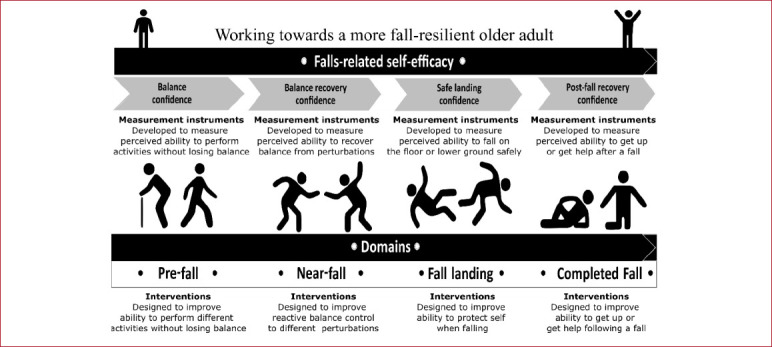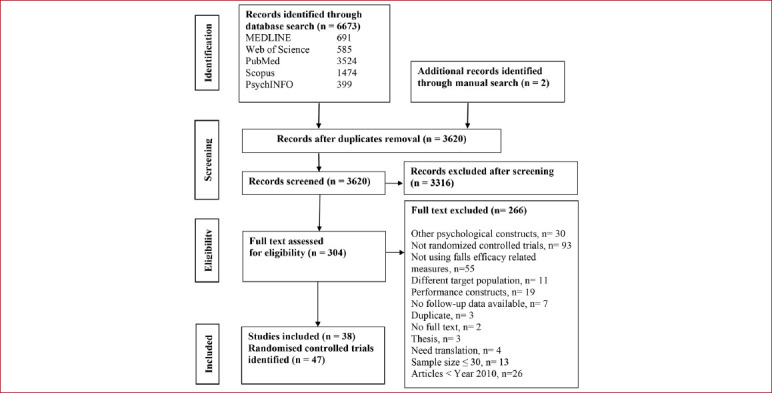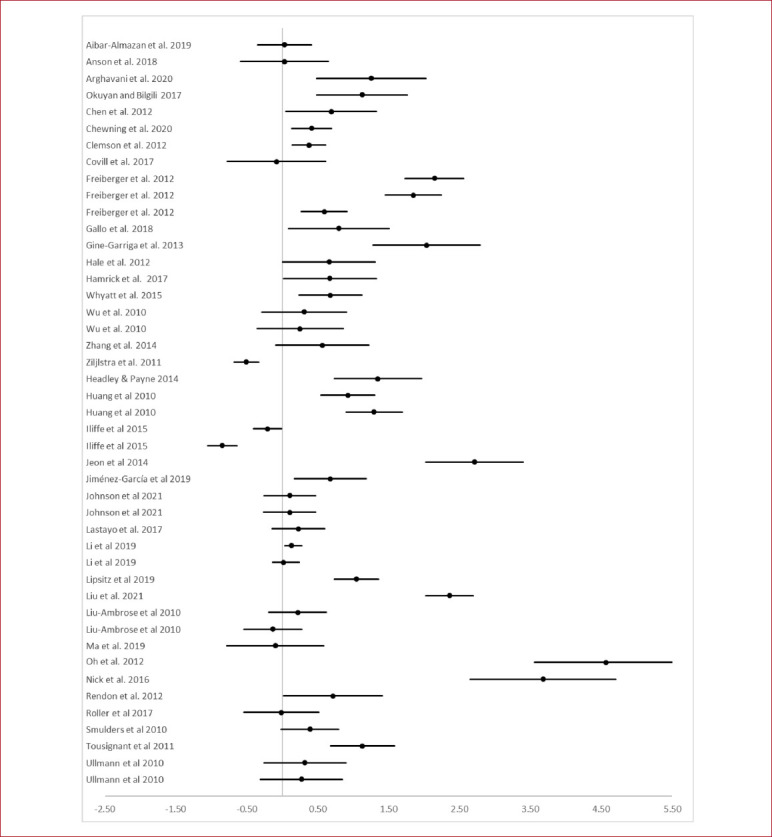Interventions and measurement instruments used for falls efficacy in community-dwelling older adults: A systematic review.
引用次数: 3
Abstract
Falls efficacy has been defined as perceived self-belief in the prevention and management of falls. In the case of community-dwelling older adults, it is essential that interventions should address the different aspects of falls efficacy in terms of balance confidence, balance recovery confidence, safe landing confidence and post-fall recovery confidence to improve their agency to deal with falls. This review aims to provide the current landscape of falls efficacy interventions and measurement instruments. A literature search of five electronic databases was conducted to extract relevant trials from January 2010 to September 2021, and the CASP tool for critical appraisal was applied to assess the quality and applicability of the studies. Eligibility criteria included randomised controlled trials evaluating falls efficacy as a primary or secondary outcome for community-dwelling older adults. A total of 302 full texts were reviewed, with 47 selected for inclusion involving 7,259 participants across 14 countries. A total of 63 interventions were identified, using exercise and other components to target different aspects of falls efficacy. The novel contribution of this article is to highlight that those interventions were applied to address the different fall-related self-efficacies across pre-fall, near-fall, fall landing and completed fall stages. Appropriate measurement instruments need to be used to support empirical evidence of clinical effectiveness.



干预措施和测量工具用于社区居住的老年人跌倒疗效:系统回顾。
跌倒效能被定义为在预防和管理跌倒方面的感知自信。对于居住在社区的老年人来说,干预措施必须针对跌倒疗效的不同方面,包括平衡信心、平衡恢复信心、安全着陆信心和跌倒后恢复信心,以提高他们处理跌倒的能力。这篇综述的目的是提供目前的景观瀑布疗效干预措施和测量工具。检索5个电子数据库的文献,提取2010年1月至2021年9月的相关试验,并应用CASP关键评价工具评估研究的质量和适用性。入选标准包括随机对照试验,评估社区居住老年人跌倒疗效作为主要或次要结局。总共审查了302份全文,其中47份被选中纳入,涉及14个国家的7259名参与者。总共确定了63种干预措施,使用运动和其他成分来针对跌倒功效的不同方面。这篇文章的新颖贡献在于强调了这些干预措施被应用于解决不同的跌倒相关的自我效能在跌倒前、接近跌倒、跌倒着陆和完成跌倒阶段。需要使用适当的测量仪器来支持临床有效性的经验证据。
本文章由计算机程序翻译,如有差异,请以英文原文为准。
求助全文
约1分钟内获得全文
求助全文

 求助内容:
求助内容: 应助结果提醒方式:
应助结果提醒方式:


